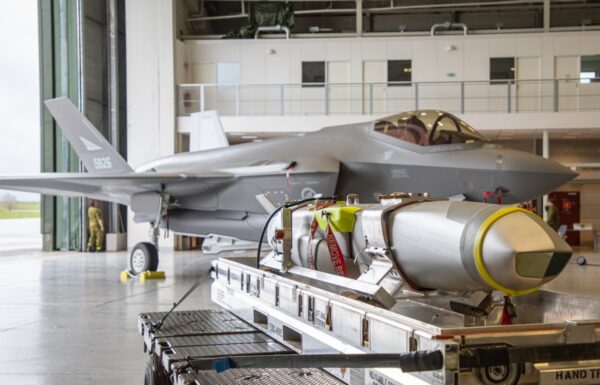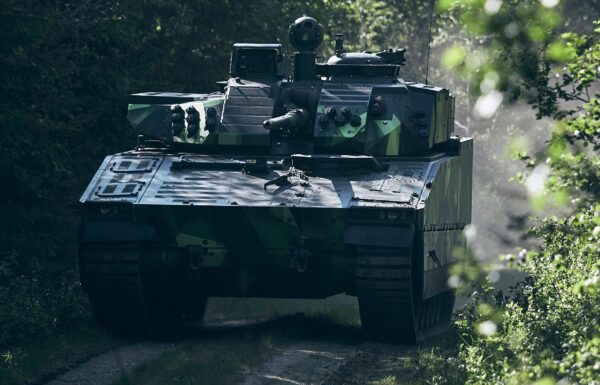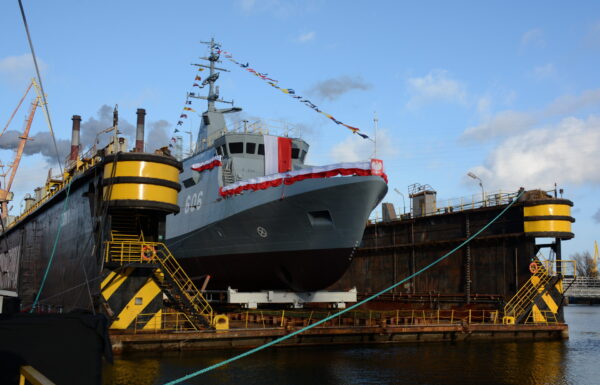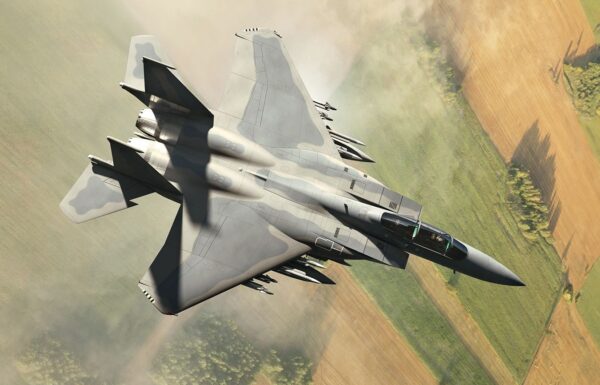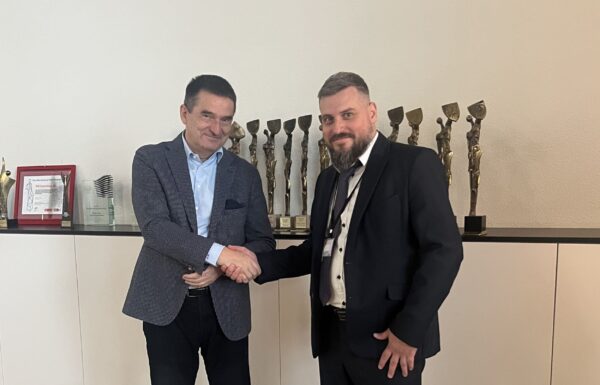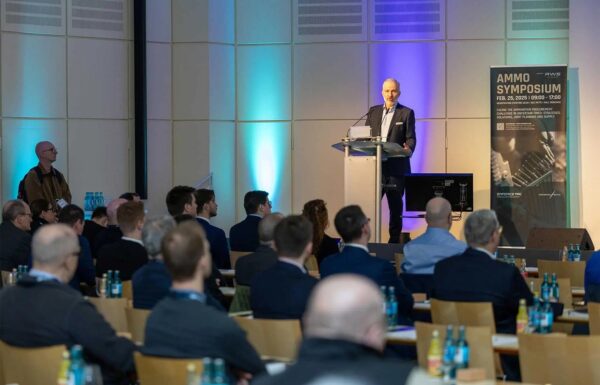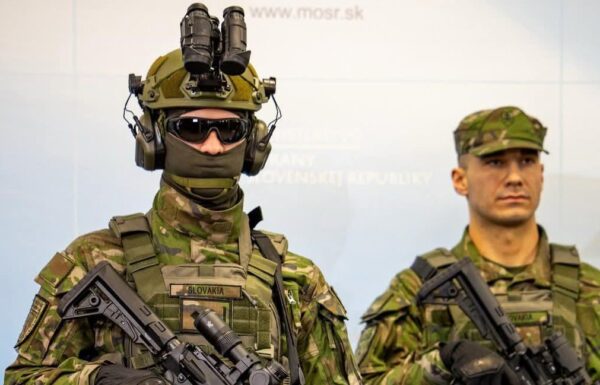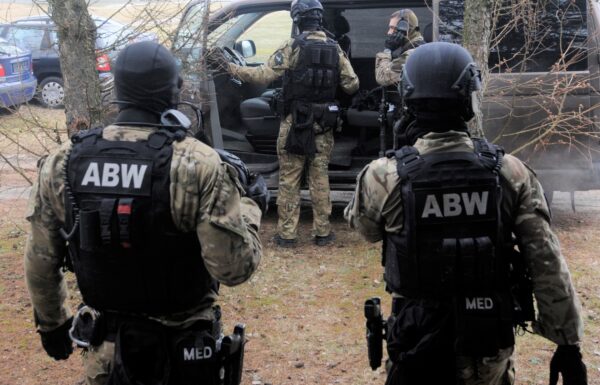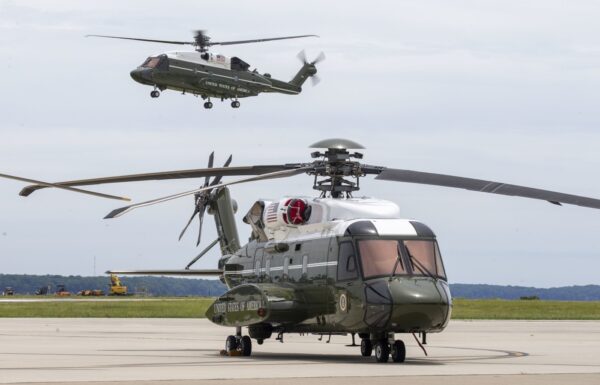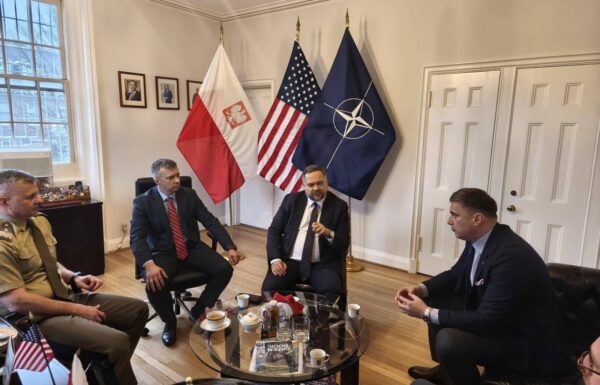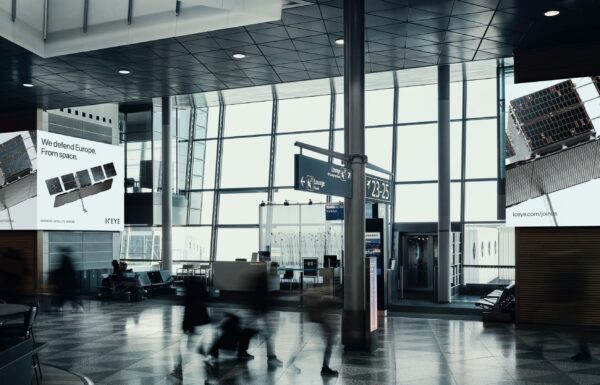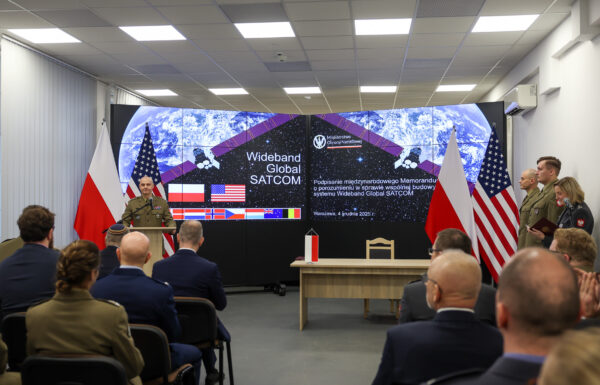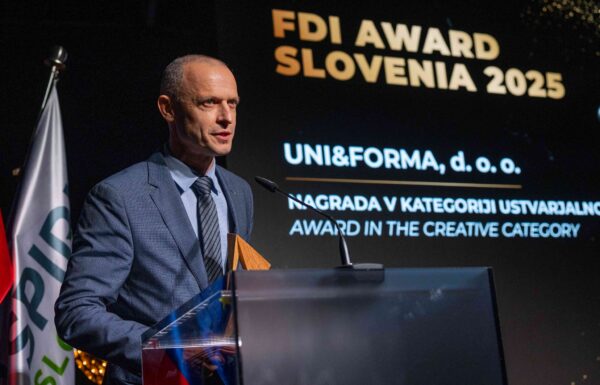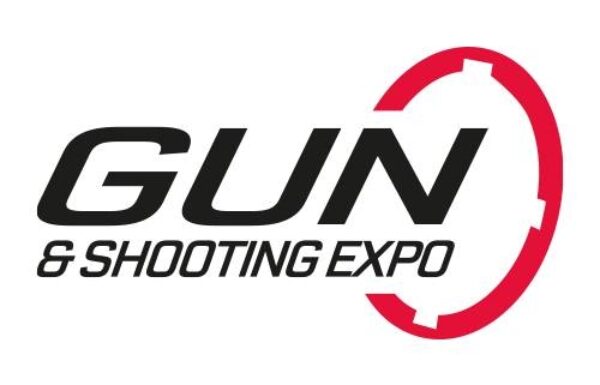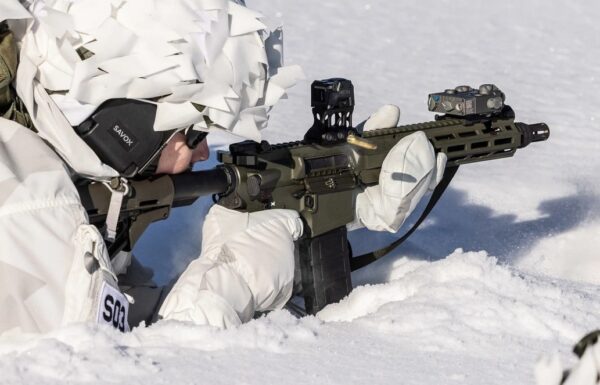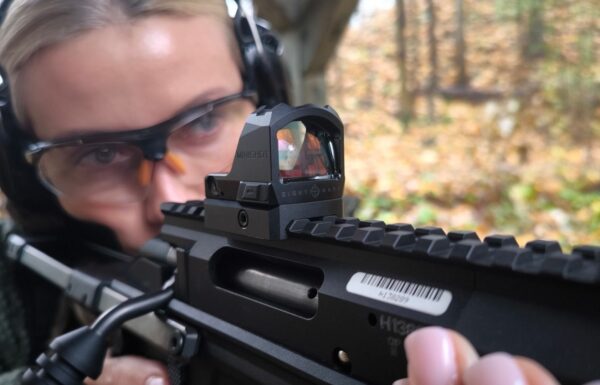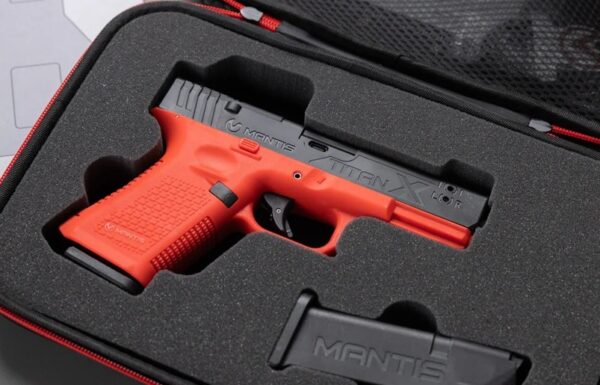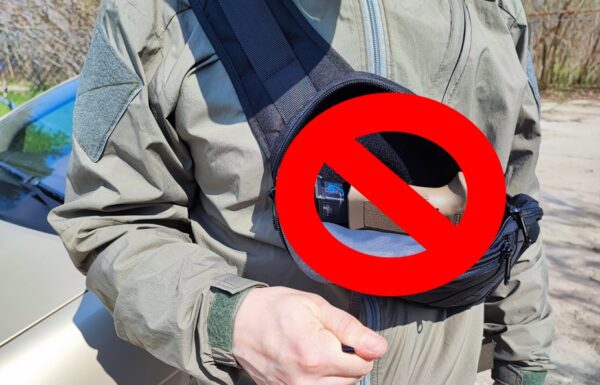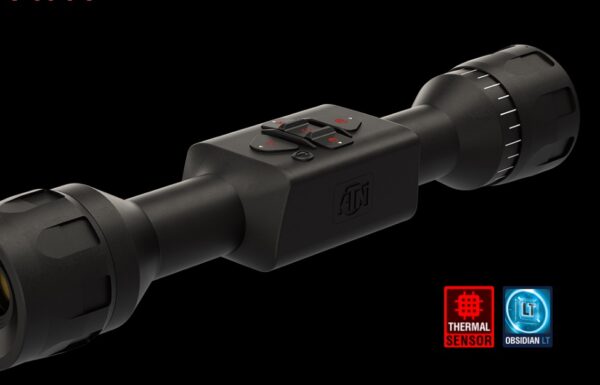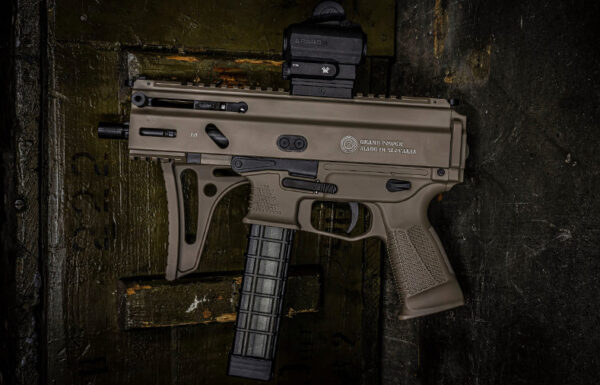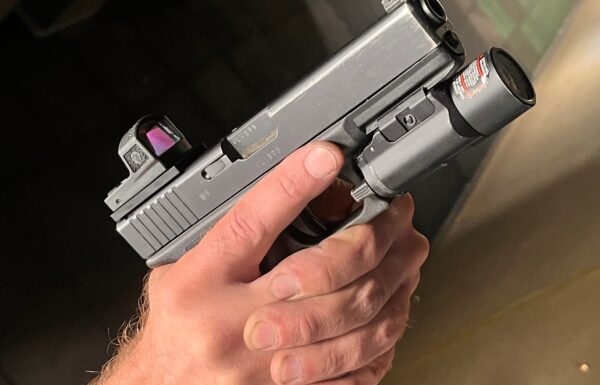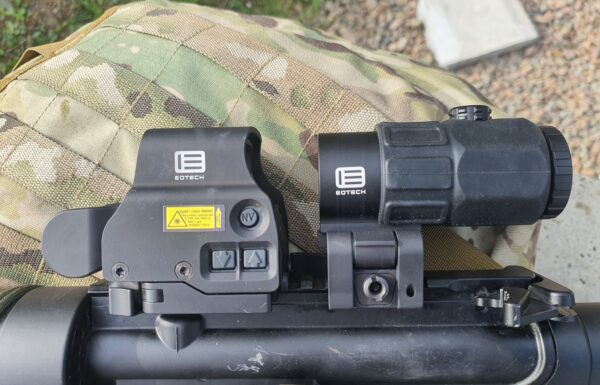The displayed aircraft bears the markings of the United Arab Emirates Air Force, which has ordered a total of five units across three procurement phases. Currently, these are the only GlobalEye aircraft in service worldwide, so the use of a UAE-operated platform for the exhibition is no surprise. The GlobalEye represents the latest achievement in the Swedish family of airborne early warning systems, the most well-known of which is the Saab 340 AEW equipped with the Erieye radar—operated by several countries, including Poland, and soon (or possibly already by now) by Ukraine.
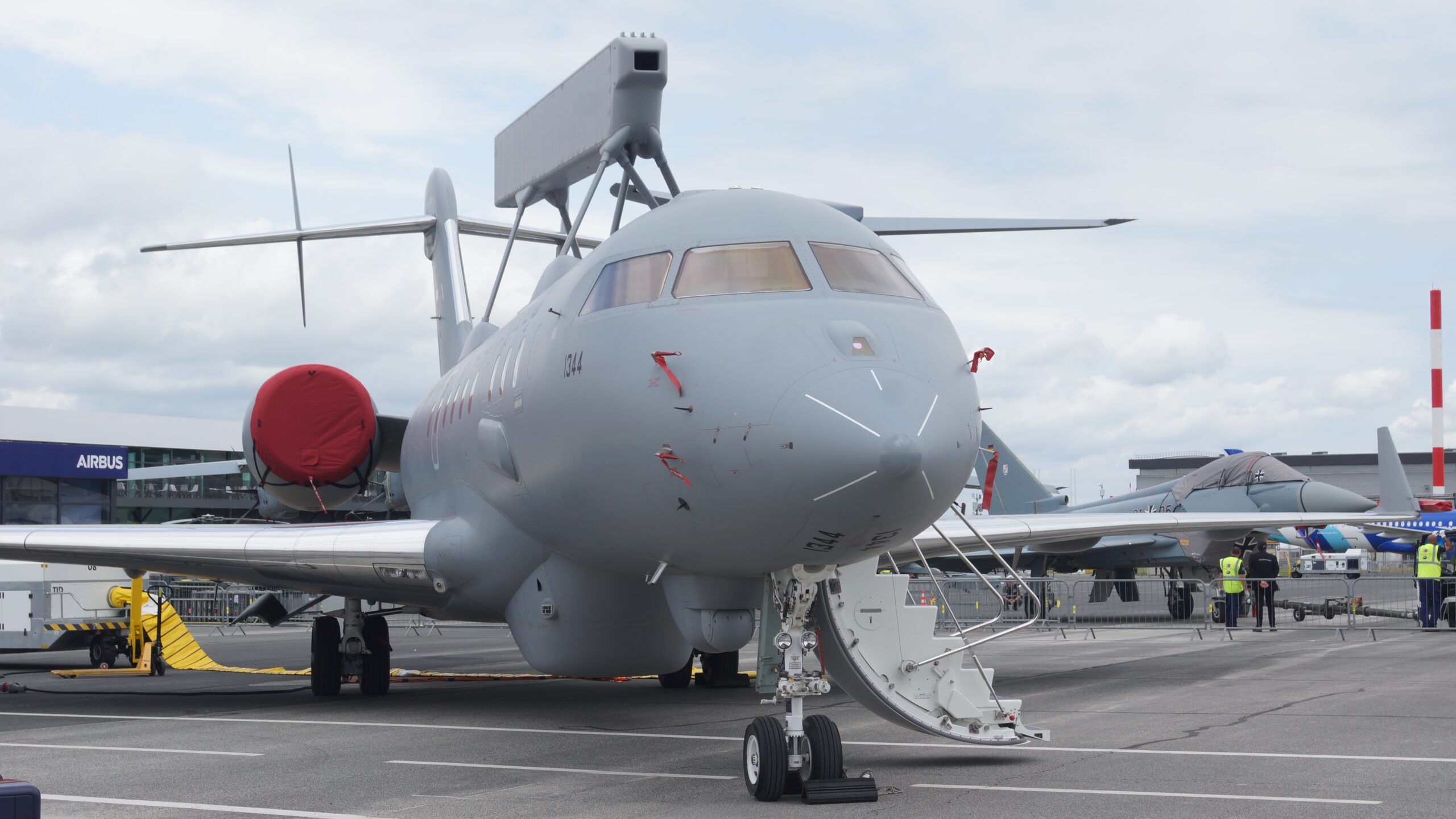 The configuration presented by the United Arab Emirates Air Force includes a next-generation Erieye radar mounted on the fuselage, capable of tracking a large number of airborne and ground targets over long distances
The configuration presented by the United Arab Emirates Air Force includes a next-generation Erieye radar mounted on the fuselage, capable of tracking a large number of airborne and ground targets over long distances
Thanks to its modular design—based on the Bombardier Global 6000/6500 business jet family—Saab is able to offer customized configurations tailored to the needs of individual clients. In every case, confidentiality is key. This is evident in Paris, where only selected individuals are invited onboard, and all electronic devices capable of recording images must be surrendered before entry.
The configuration presented by the United Arab Emirates Air Force includes a next-generation Erieye radar mounted on the fuselage, capable of tracking a large number of airborne and ground targets at long ranges (over 500 km in each direction). It is complemented by a surface surveillance radar installed under the fuselage, which can effectively detect even small maritime objects—including the periscopes of submerged submarines. The final sensor is an electro-optical observation turret, enabling passive tracking of targets, as well as image recording and transmission—via data links—to any point on the globe. Depending on operational needs, the interior can accommodate up to six onboard operator workstations.
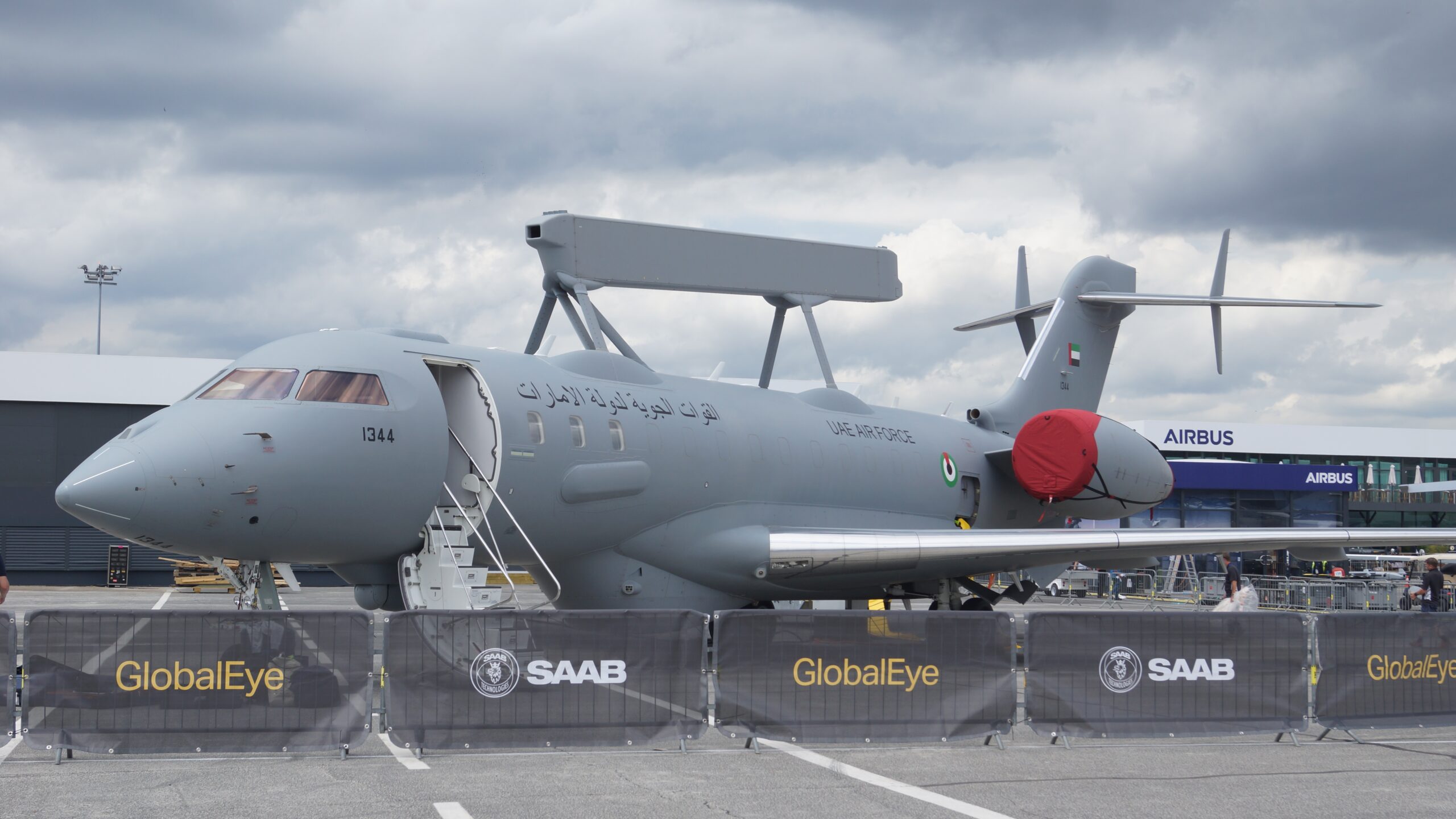 Thanks to the use of the Bombardier Global 6000/6500 platform, the GlobalEye stands out with a long operational endurance, up to 11 hours in the air. This performance is achieved without the installation of aerial refueling capability / Photos: Radosław Niesobski
Thanks to the use of the Bombardier Global 6000/6500 platform, the GlobalEye stands out with a long operational endurance, up to 11 hours in the air. This performance is achieved without the installation of aerial refueling capability / Photos: Radosław Niesobski
As mentioned, the presence of the GlobalEye in Paris was no coincidence. On June 18, Saab announced the signing of two letters of intent. The first was concluded with Sabena Technics and concerns cooperation on future export contracts (primarily with France). Under this agreement, Sabena Technics specialists would be responsible for converting Bombardier Global 6000/6500 aircraft into the GlobalEye configuration. This arrangement is intended to allow, in the case of increased demand, deliveries of four to five aircraft per year.
The second letter of intent was signed with the French Directorate General of Armaments (DGA), paving the way for the potential acquisition of GlobalEye aircraft by France for the needs of the Armée de l’air et de l’espace. According to the agreement, France initially plans to order two aircraft, with an option for two more. The GlobalEye is intended to replace the currently operated Boeing E-3F Sentry aircraft, which entered service in 1990. Despite ongoing modernization efforts, the platform is now outdated, and maintenance costs are steadily increasing. Saab, in a quiet competition for this contract, reportedly outperformed Boeing, which had been promoting the E-7A Wedgetail in France.
To date, Saab has secured orders for eight GlobalEye aircraft. In addition to the five delivered to the United Arab Emirates, three have been ordered by Sweden. The platform is being promoted globally, with publicly mentioned potential customers including Denmark, Finland, South Korea, Canada, and Poland.


